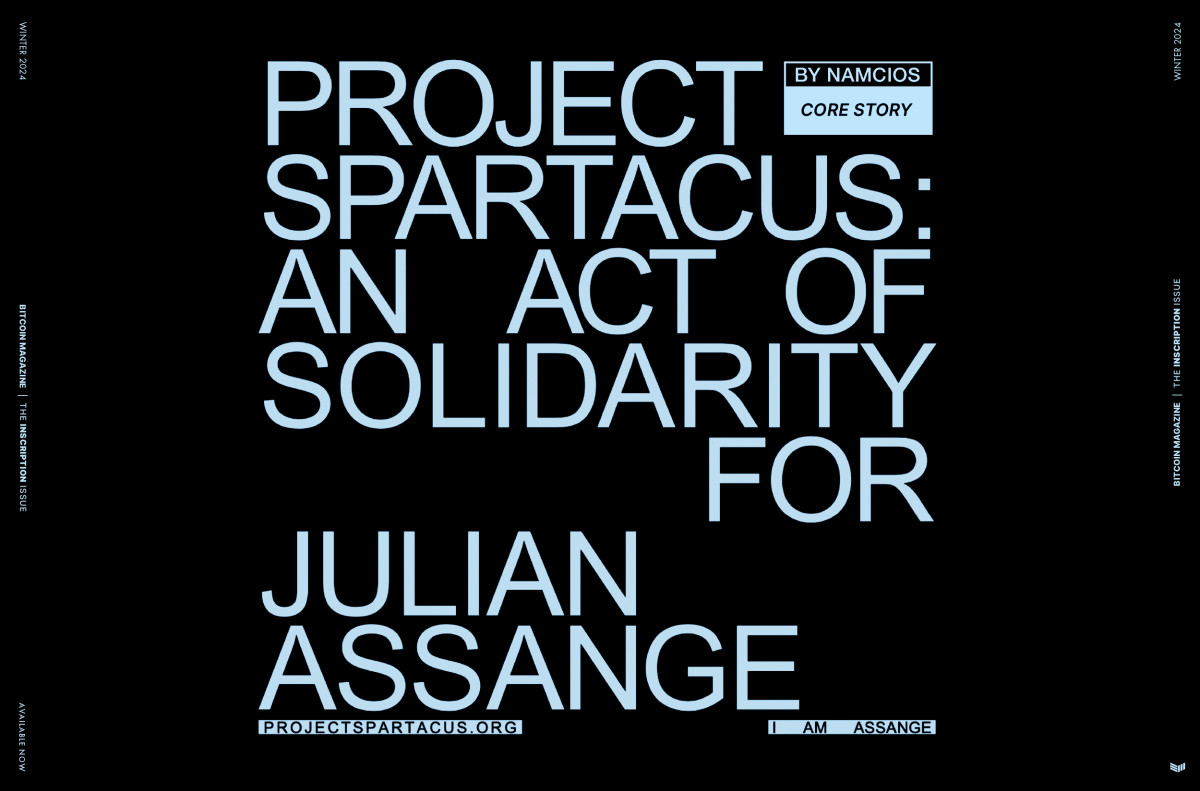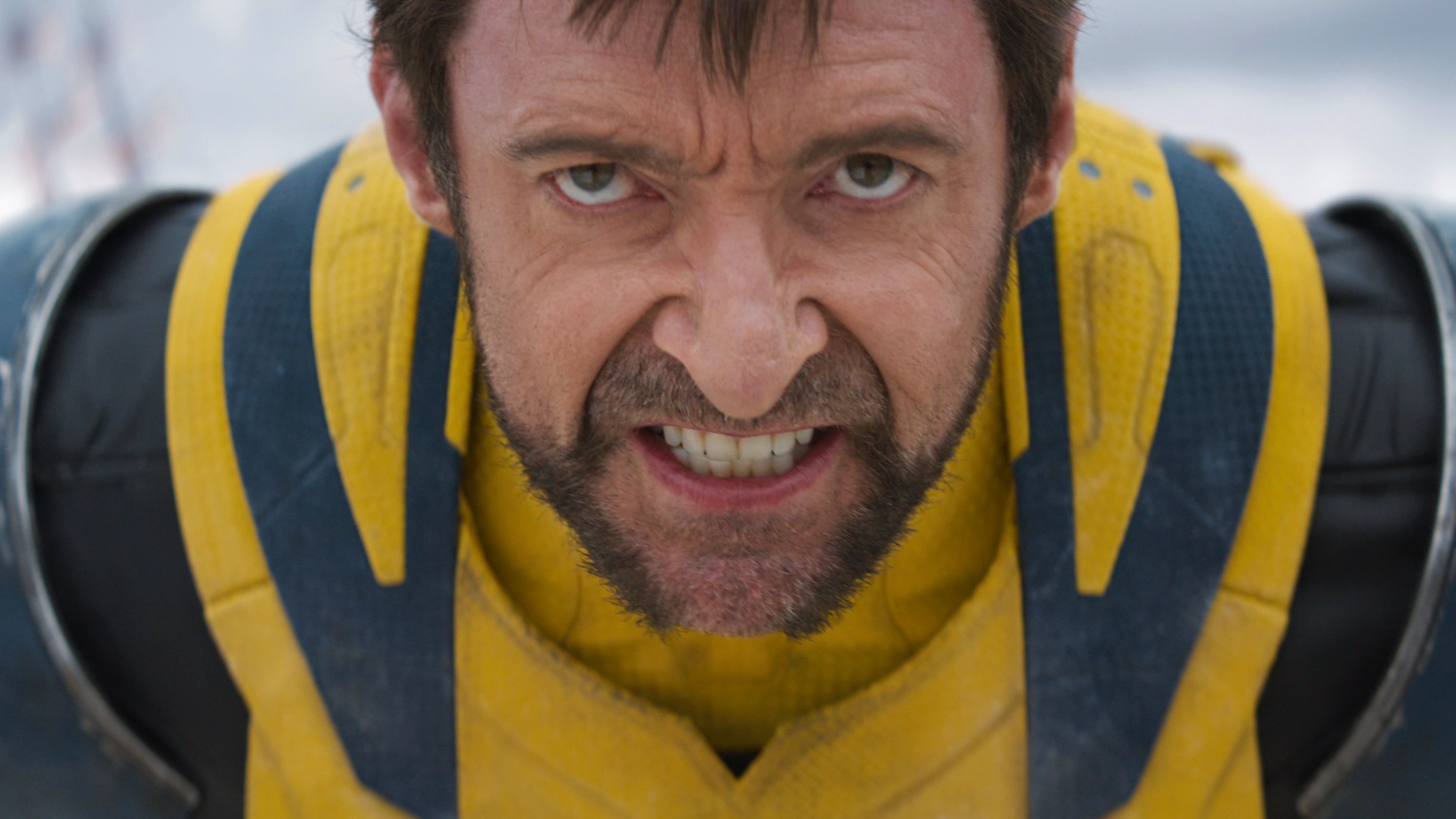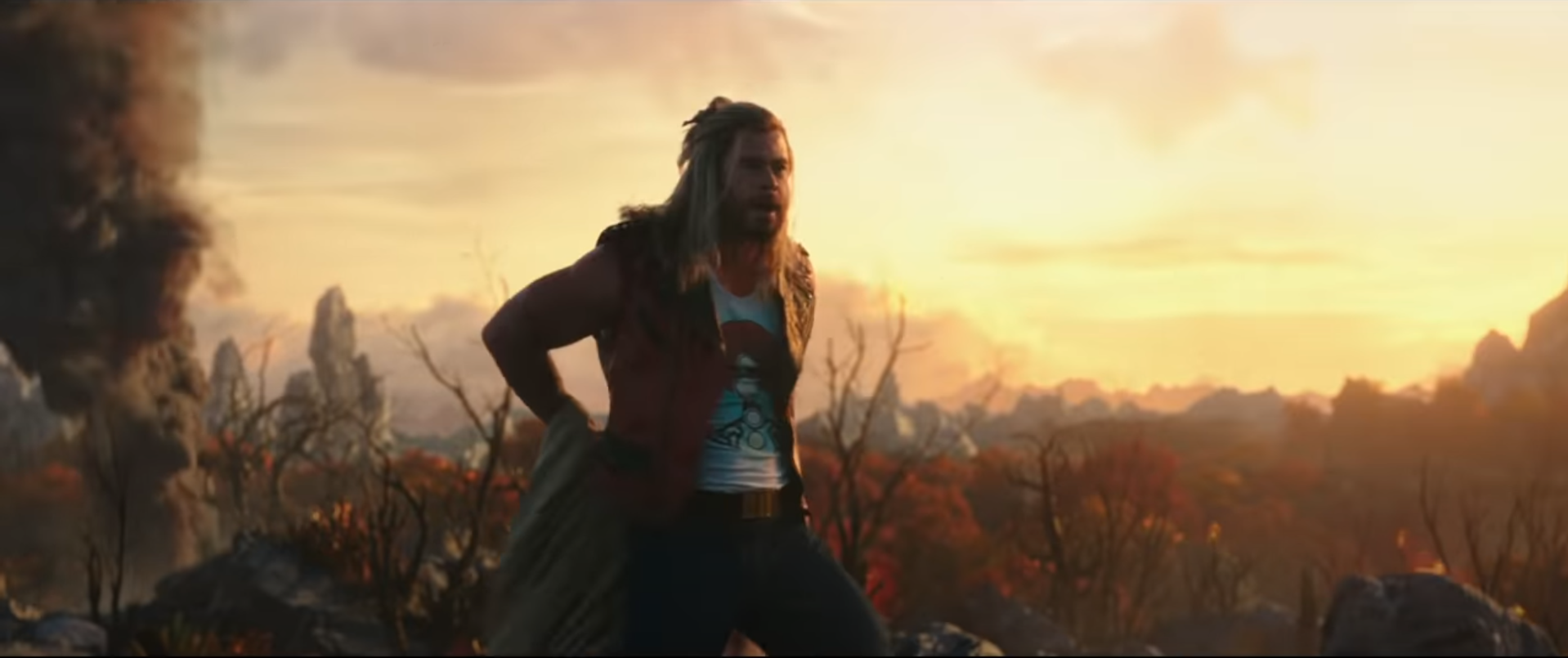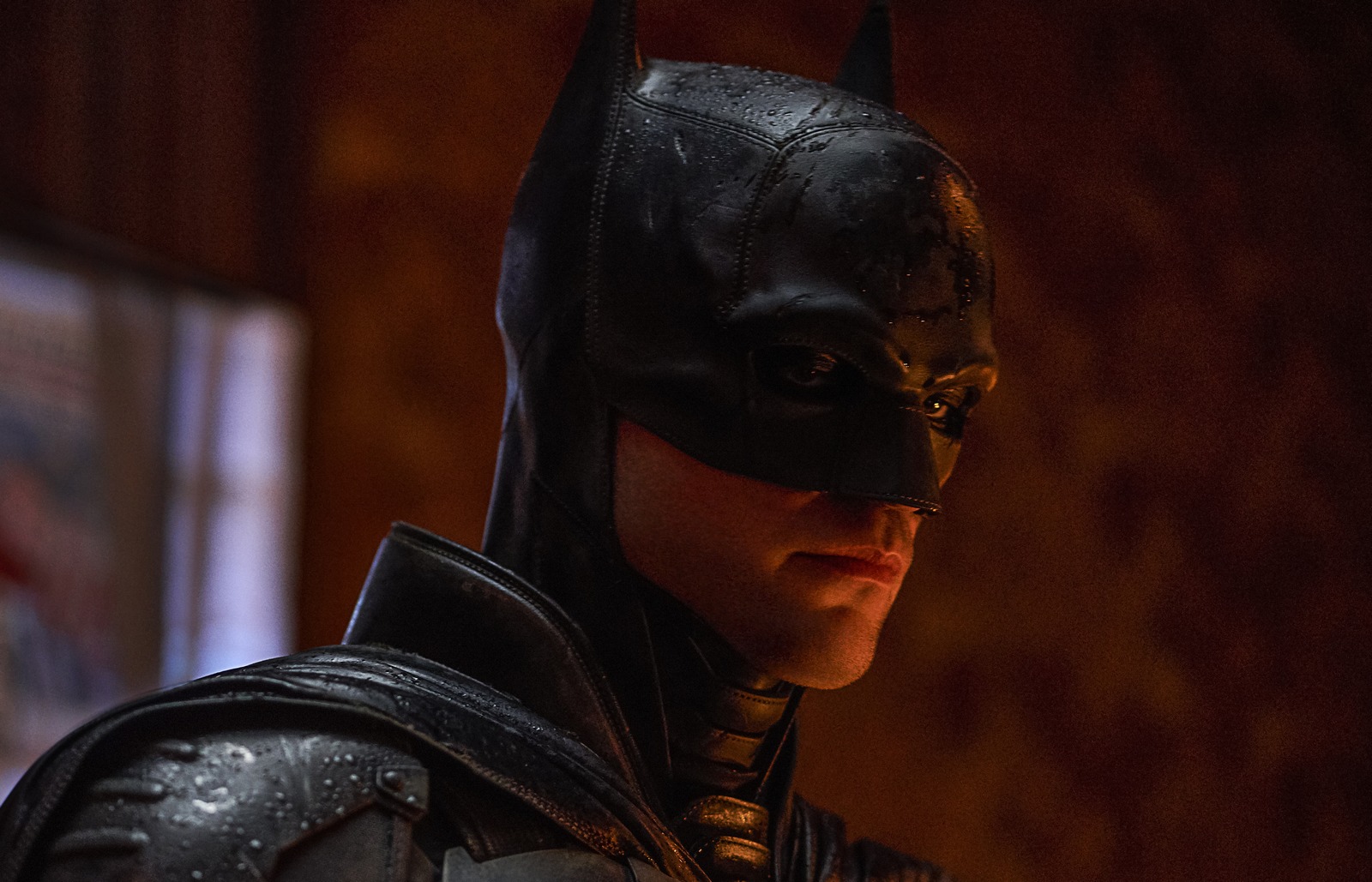Francis Ford Coppola Reveals the Sci-Fi Story That Inspired Megalopolis
Francis Ford Coppola has made some of the most defining American films of all time, including The Godfather trilogy and Apocalypse Now. Although not every film in his oeuvre holds such a vaunted place in cinema history, Coppola’s over 60-year career deserves a titanic close. Megalopolis promises to be just such a proper ending with […] The post Francis Ford Coppola Reveals the Sci-Fi Story That Inspired Megalopolis appeared first on Den of Geek.

Francis Ford Coppola has made some of the most defining American films of all time, including The Godfather trilogy and Apocalypse Now. Although not every film in his oeuvre holds such a vaunted place in cinema history, Coppola’s over 60-year career deserves a titanic close. Megalopolis promises to be just such a proper ending with its ambitious self-funding and a massive cast led by Adam Driver. Coppola has been gathering ideas about the project for as long as he’s been making movies, but the kernel of the concept goes back even farther.
“The seeds for Megalopolis were planted when as a kid I saw H.G. Wells’ Things to Come,” Coppola wrote in a statement to Vanity Fair. “This 1930s [Alexander] Korda classic is about building the world of tomorrow, and has always been with me, first as the ‘boy scientist’ I was and later as a filmmaker.” Directed by William Cameron Menzies, the 1936 film Things to Come traces 100 years in the then-future, in which a scientist (Raymond Massey) helps lead humanity out of its low point after a massive war.
Things to Come begins in 1940, when the outbreak of war in England drives businessman and inventor John Cabal (Massey) to become a pilot. As the war stretches across three decades, the combatants forget the reasons for their battles while fighting and famine claims thousands of lives. The elderly Cabal arrives to announce the work of a group of inventors called Wings Over the World. Under Cabal’s guidance, Wings Over the World ushers in a new era of progress and abundance. But the film ends in 2036, with many doubting the value of human progress, an issue that Cabal’s grandson Oswald (also Massey) must consider.
From that point of inspiration, Coppola followed his ideas to the next, most obvious point: ancient Rome. As Coppola collected ideas and scraps of information over the course of 40 years, the film shifted into something quite different. “Ultimately, after a lot of time, I settled on the idea of a Roman epic,” he explained. “And then later, a Roman epic set in modern America, so I really only began writing this script, on and off, in the last dozen years or so. Also, as I have made many films of many different subjects and in many different styles, I hoped for a project later in life when I might better understand what my personal style was.”
It’s hard to say what, exactly, Coppola’s personal style is, even after all this time. Coppola started out experimenting in the 1960s, making the bizarrely dated studio musical throwback Finian’s Rainbow and then the New Hollywood drama The Rain People virtually back-to-back. And after his miracle run in the 1970s, which included the first two Godfathers, Apocalypse Now, and The Conversation, Coppola struggled in the ’80s and ’90s. After ambitious and personal failures such as One From the Heart and The Cotton Club, Coppola had to take for-hire jobs, which resulted in the solid Grisham thriller The Rainmaker , the wildly decadent and imaginative (if unhinged) Bram Stoker’s Dracula, as well as the unforgivable Jack.
Megalopolis comes after a trio of self-funded avant-garde films, which capture Coppola’s vision if not his usual acclaim. But the filmmaker compares his last project to some of his best works. As he moved the story from Rome to the modern United States, he kept focused on a real event in history.
“I considered many possibilities, becoming interested in an incident known as ‘The Catiline Conspiracy,'” he explained. “Modern America was the historical counterpart of ancient Rome and that the Catiline Conspiracy, as told by historian Sallust, could be set in modern America, just as Joseph Conrad’s Heart of Darkness was set in the Vietnam War in Apocalypse Now.“
Since Coppola announced the project, fans have wondered what Megalopolis would be. These references to H.G. Wells movies and Roman conspiracies don’t provide much in the way of detail, but they do prove one thing. Coppola will be ending his career on his own terms.
The post Francis Ford Coppola Reveals the Sci-Fi Story That Inspired Megalopolis appeared first on Den of Geek.
What's Your Reaction?
























































